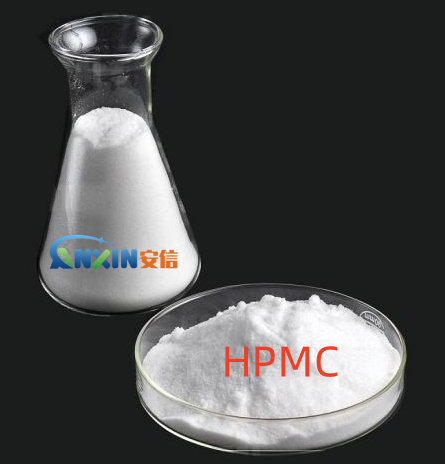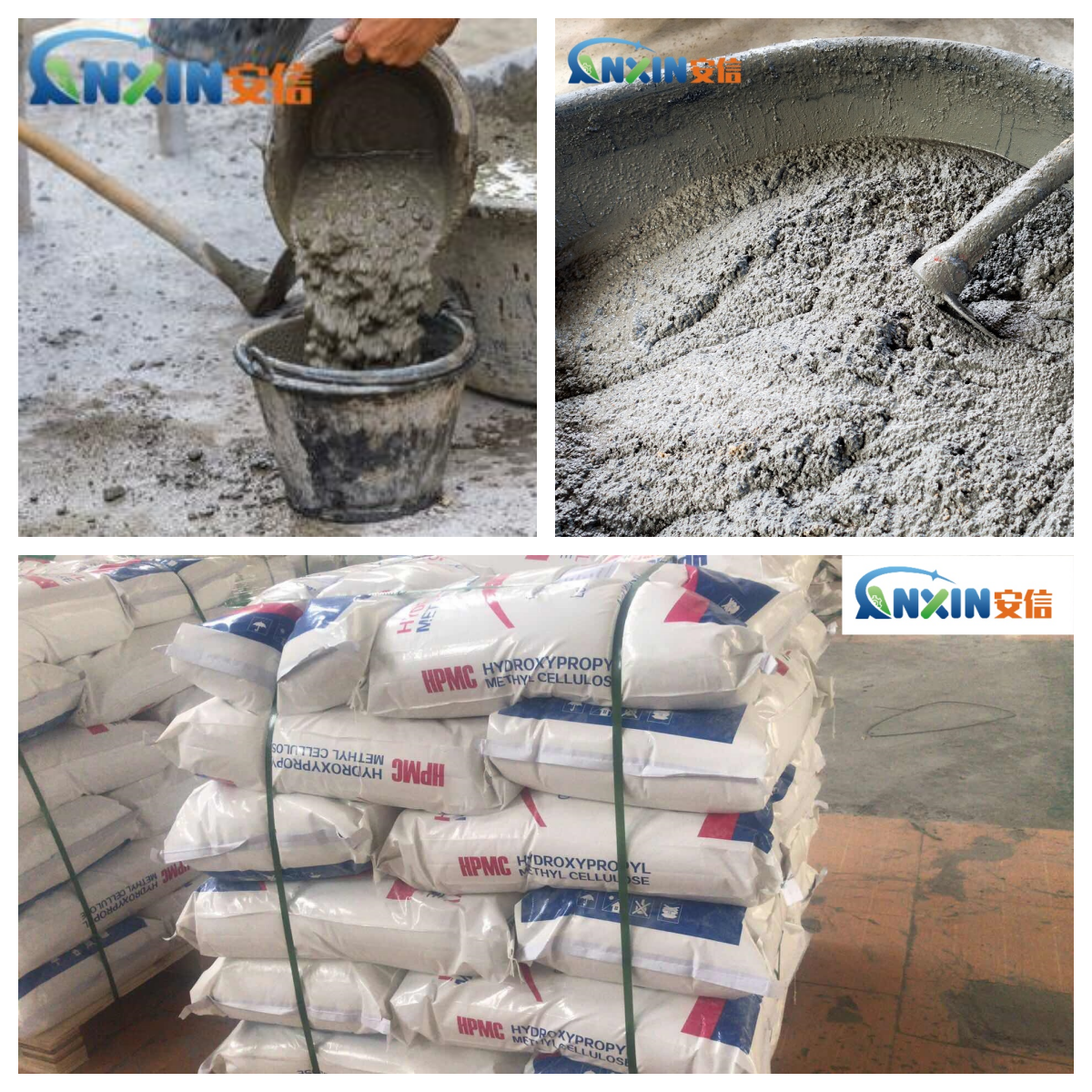Hydroxypropyl Methylcellulose (HPMC) is a non-ionic cellulose ether derived from natural polymer materials such as cotton or wood pulp. Due to its unique chemical structure and functional properties, HPMC plays a crucial role in modern dry-mix mortar systems. It enhances various performance aspects such as workability, water retention, consistency, adhesion, and open time.
1. Water Retention
One of the most significant reasons HPMC is used in mortar is its excellent water retention capacity. When water is added to cementitious mixtures, a significant portion of it may evaporate or be absorbed by the substrate before the hydration of cement is complete. This premature loss of water can compromise the strength and durability of the hardened mortar.
HPMC forms a colloidal film that traps water within the mortar matrix, preventing rapid water loss. This:
Enhances cement hydration.
Improves final strength development.
Reduces shrinkage and cracking caused by early drying.
Is especially beneficial in hot and dry climates or highly absorbent substrates.
2. Improved Workability and Consistency
HPMC significantly improves the workability of mortar. Its viscosity-modifying properties contribute to a smoother, more uniform mix that is easier to spread, trowel, and apply. This leads to:
Better handling during application.
Consistent material performance across different batches.
Easier adjustments during construction.
By increasing the cohesion of the mix, HPMC prevents segregation and bleeding, ensuring that aggregates and binders remain evenly distributed.
3. Thickening and Rheology Modification
HPMC acts as a rheology modifier, altering the flow behavior of mortar to suit specific application needs. It increases viscosity, allowing the mortar to stay on the trowel without dripping, and improves vertical hold or sag resistance in vertical applications such as:
Tile adhesive mortar.
Wall plaster.
EIFS base coat.
In spray-applied mortars, HPMC stabilizes the mix, ensuring it doesn’t run or slump after application, which reduces material loss and improves finish quality.
4. Extended Open Time and Adjustability
Open time refers to the period during which mortar remains workable after application. HPMC extends the open time by reducing evaporation, giving workers more time to align, reposition, or adjust materials like tiles or insulation boards. This is especially beneficial for:
Large-format tiles.
Complex façade installations.
Large surface areas where time-consuming positioning is needed.
Longer open times translate to fewer construction errors, better alignment, and higher aesthetic results.
5. Enhanced Adhesion
By improving the water retention and wetting behavior of the mortar, HPMC helps maintain better adhesion between mortar and the substrate. Proper hydration of cement ensures the development of strong bonding at the interface. Furthermore:
It enables better wetting of surfaces.
Reduces the risk of debonding or peeling, especially on smooth or dense substrates.
Supports bonding on both absorbent and non-absorbent surfaces.
This is crucial in tile adhesive and self-leveling applications where bonding strength is vital.
6. Improved Freeze-Thaw Resistance
Mortars modified with HPMC demonstrate improved resistance to freeze-thaw cycles. The polymer film formed by HPMC provides flexibility and helps accommodate slight volume changes during freezing and thawing, reducing the risk of cracking or surface degradation over time.
7. Compatibility with Other Additives
HPMC works well in combination with other chemical admixtures used in mortars such as:
Redispersible polymer powders (RDP).
Superplasticizers.
Air-entraining agents.
Its non-ionic nature makes it chemically stable and compatible in a wide variety of formulations. This flexibility allows manufacturers to tailor mortar properties for specialized applications.
8. Application Versatility
Due to its multi-functional nature, HPMC is used in a wide range of dry-mix mortar products:
Tile adhesive mortar – for sag resistance and open time.
Cement plaster – for water retention and smooth application.
Self-leveling compounds – for viscosity control and anti-bleeding.
Masonry mortar – for better consistency and adhesion.
Gypsum-based plasters and fillers – for improved water holding and crack resistance.
Each application benefits from the unique combination of thickening, water retention, and workability control.
9. Improved Curing and Surface Quality
HPMC contributes to a more controlled curing process by ensuring even moisture distribution, leading to:
Fewer surface defects such as cracking or chalking.
Smoother and more uniform finishes.
Better mechanical properties.
This is particularly beneficial in finishing coats and decorative mortars where aesthetics are important.
10. Economical and Environmentally Friendly
Although HPMC is a performance-enhancing additive, it is used in very small dosages (typically 0.1%–0.5% by weight of the dry mix). This makes it a cost-effective solution to significantly improve mortar performance without major cost impact.
HPMC is derived from natural cellulose, making it biodegradable and non-toxic. It meets environmental and health standards in construction materials.
Hydroxypropyl Methylcellulose (HPMC) is a multifunctional additive that significantly improves the quality and performance of modern mortar systems. Its primary advantages include excellent water retention, enhanced workability, rheology control, extended open time, and improved adhesion. These benefits contribute to more durable, efficient, and user-friendly construction materials. As the construction industry continues to move toward high-performance, pre-mixed formulations, the role of HPMC becomes increasingly indispensable. Whether in tile adhesives, plaster, or masonry mortars, HPMC ensures consistent results, better durability, and superior ease of use — making it a cornerstone of advanced mortar technology.
Post time: Jun-28-2025








